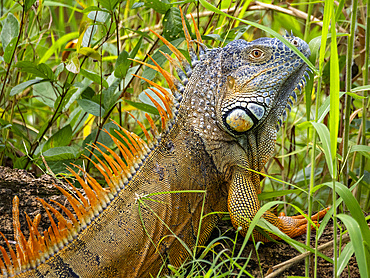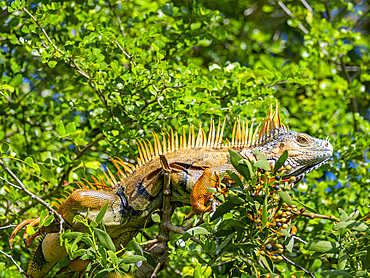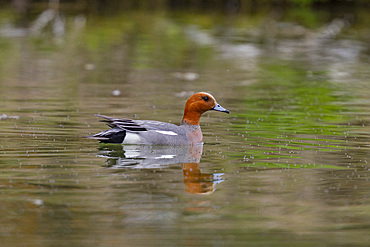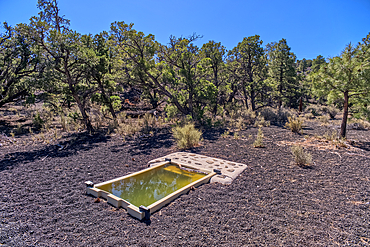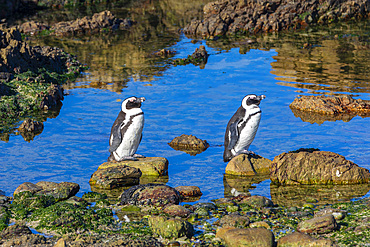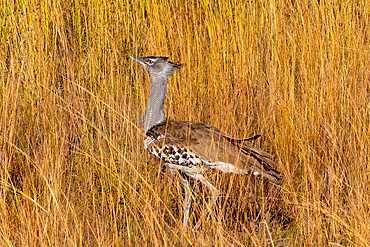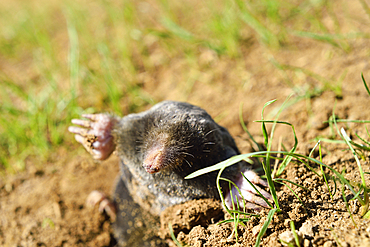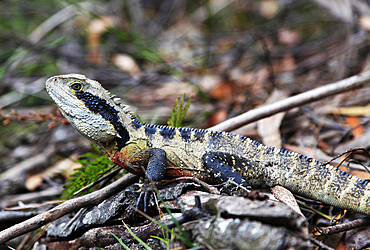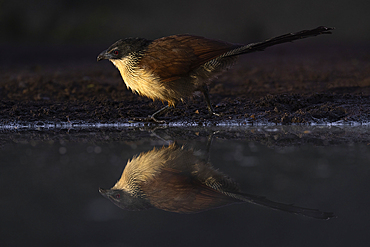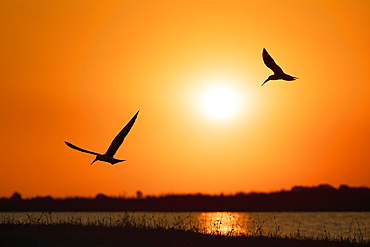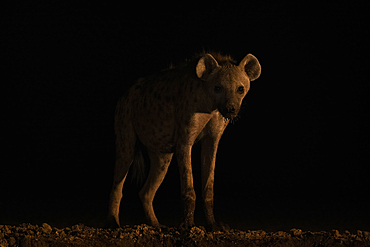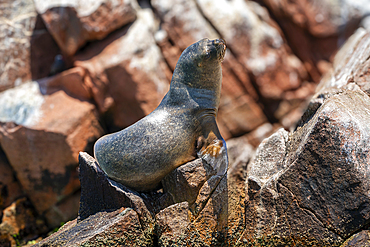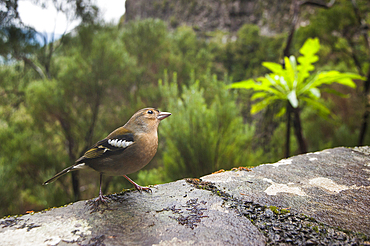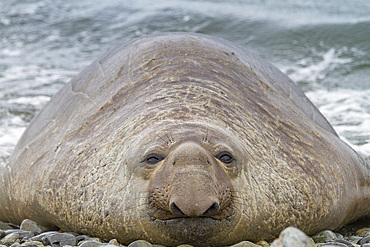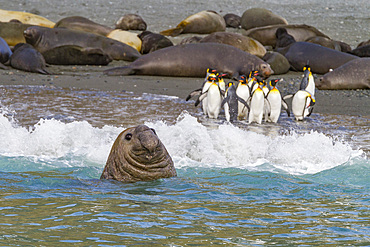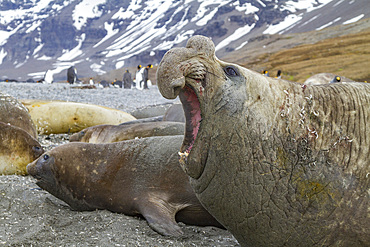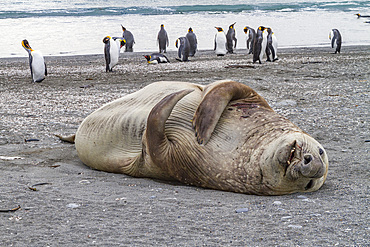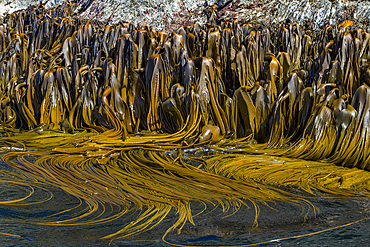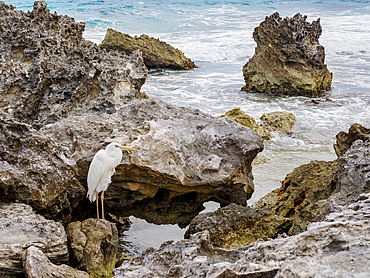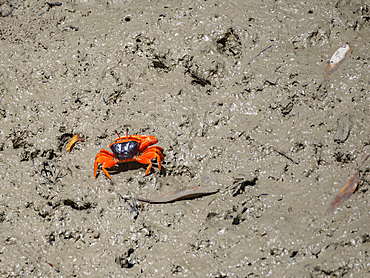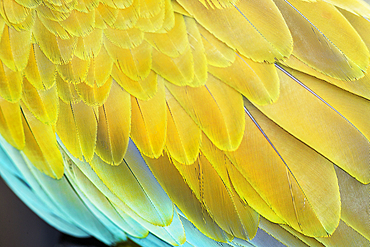Results
« Previous 1 … 4 5 6 7 Next »
668 results found
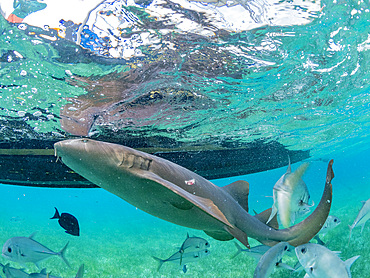
Nurse sharks (Ginglymostoma cirratum), being fed in Hol Chan Marine Preserve, inside the Mesoamerican Barrier Reef, Belize

Nurse sharks (Ginglymostoma cirratum), being fed in shark and ray alley, Caye Caulker, Mesoamerican Barrier Reef, Belize
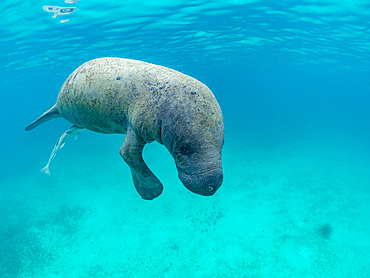
West Indian manatee (Trichechus manatus), on the sand near Caye Caulker, inside the Mesoamerican Barrier Reef, Belize
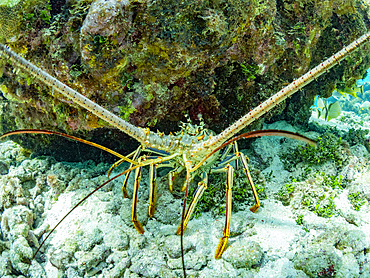
Caribbean spiny lobster (Panulirus argus), underwater at Half Moon Caye, UNESCO, Mesoamerican Barrier Reef, Belize
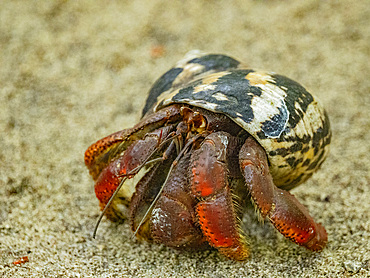
Caribbean land hermit crab (Coenobita clypeatus), Half Moon Caye, UNESCO, Mesoamerican Barrier Reef, Belize
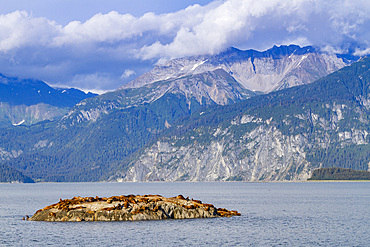
Northern (Steller) sea lions, (Eumetopias jubatus), hauled out on South Marble Island, Glacier Bay National Park, Alaska, United States of America
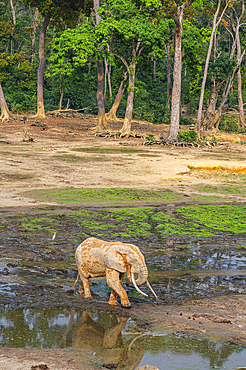
African forest elephant (Loxodonta cyclotis), Dzanga Bai, Dzanga Sangha National Park, UNESCO, Central African Republic
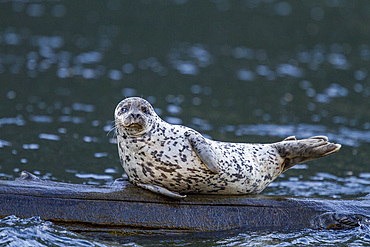
Harbor seal (Phoca vitulina) hauled out on submerged log in Misty Fjords National Monument, Southeast Alaska, United States of America
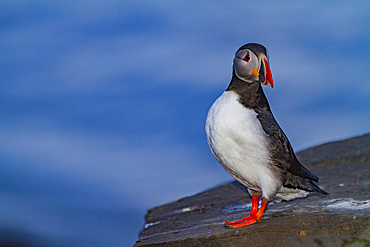
Adult Atlantin puffin (Fratercula arctica) during breeding season, Isfjardardjup, Westfjords region, Northwestern Iceland

Neotropic cormorant (Phalacrocorax brasilianus) (Phalacrocorax olivaceus) (Nannopterum brasilianum), Lake Sandoval, Tambopata National Reserve, Peru, South America
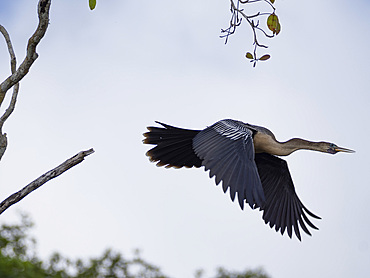
An adult anhinga (Anhinga anhinga), taking flight on New River near the Mesoamerican archaeological site of Lamanai, Belize
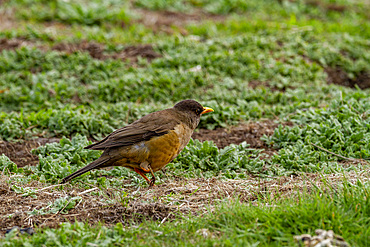
Adult austral thrush (Turdus falklandii falklandii), with cleanly broken right leg on Carcass Island in the Falkland Islands, South America

Adult black-browed albatross (Thalassarche melanophrys), pair in courtship display at nesting site on New Island, Falklands, South America
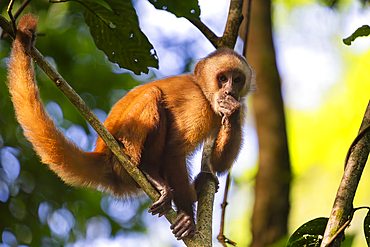
Brown capuchin monkey (Cebus apella) (Sapajus apella) on tree, Tambopata National Reserve, Puerto Maldonado, Tambopata Province, Madre de Dios, Peru, South America
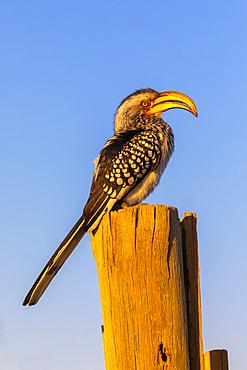
Southern yellow billed hornbill, Pilanesberg National Park, North West Province, South Africa, Africa
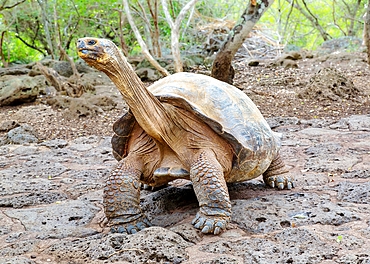
Galapagos Giant Tortoise (Chelonoidis chathamensis), can live for over 100 years, San Cristobal island, Galapagos, UNESCO World Heritage Site, Ecuador, South America
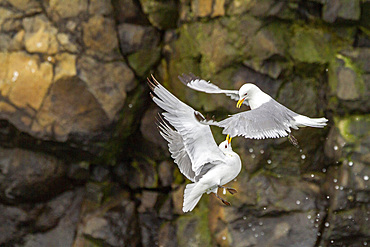
Adult black-legged kittiwake (Rissa tridactyla) in aerial combat against another kittiwake near Alexander Island, Russia, Eurasia
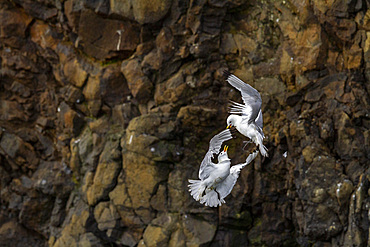
Adult black-legged kittiwake (Rissa tridactyla) in combat with a second kittiwake near Alexander Island, Franz Josef Land, Russia, Arctic Ocean, Eurasia
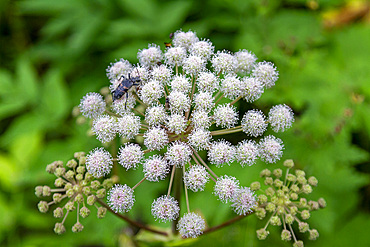
A close up view of a beetle on hogweed (Heracleum spp) found in the Solovetsky Islands, Arkhangelsk Oblast, White Sea, Russia, Arctic, Europe
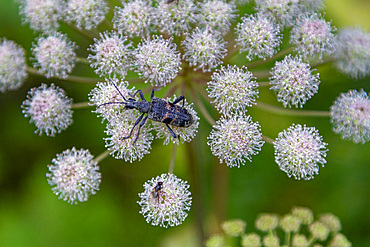
A close up view of a beetle on hogweed (Heracleum spp) found in the Solovetsky Islands, Arkhangelsk Oblast, White Sea, Russia, Arctic, Europe
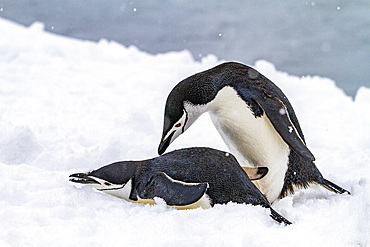
Chinstrap penguins (Pygoscelis antarctica), at breeding colony at Half Moon Island, Antarctica, Southern Ocean, Polar Regions
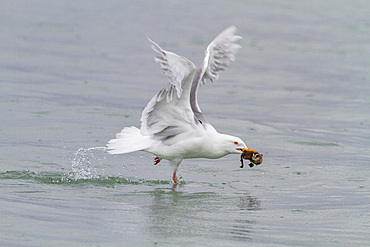
Adult glaucous gull (Larus hyperboreus) eating common eider duckling (Somateria mollissima) in Svalbard, Norway, Arctic, Europe
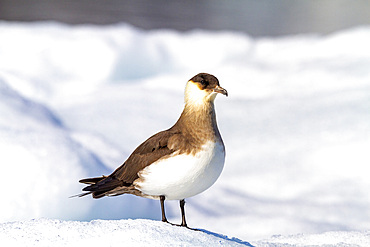
Adult Arctic Skua (Stercorarius parasiticus), on ice floe in the Svalbard Archipelago, Norway, Arctic, Europe
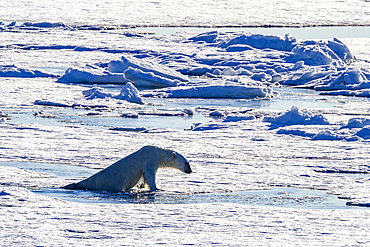
An adult polar bear (Ursus maritimus) swimming and hauling itself onto ice floe in the Svalbard Archipelago, Norway, Arctic, Europe
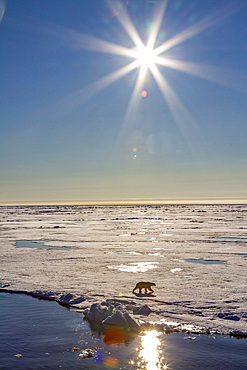
An adult polar bear (Ursus maritimus) on ice floe under bright sun burst in the Svalbard Archipelago, Norway, Arctic, Europe
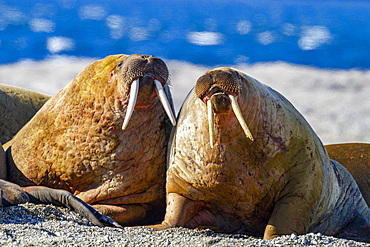
Adult bull walrus (Odobenus rosmarus rosmarus) hauled out on the beach in the Svalbard Archipelago, Norway, Arctic, Europe
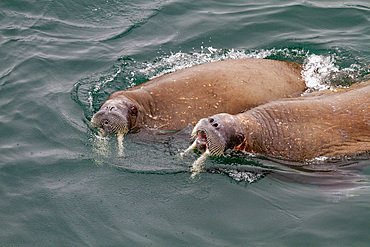
Curious adult bull walrus (Odobenus rosmarus rosmarus) approach the ship at Moffen Island in the Svalbard Archipelago, Norway, Arctic, Europe
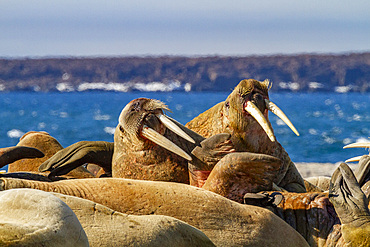
Adult bull walrus (Odobenus rosmarus rosmarus) hauled out on the beach in the Svalbard Archipelago, Norway, Arctic, Europe
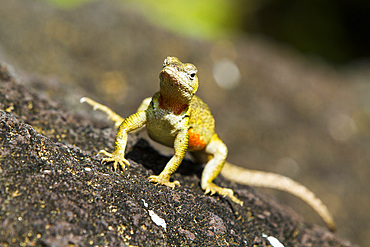
Lava lizard (Microlophus spp) in the Galapagos Islands Archipelago, UNESCO World Heritage Site, Ecuador, South America
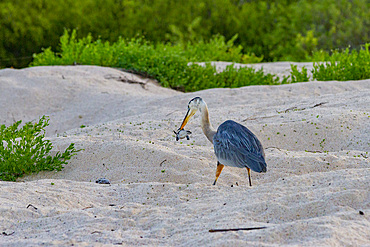
Adult great blue heron (Ardea herodias cognata) feeding on green sea turtle hatchlings, Galapagos Islands, UNESCO World Heritage Site, Ecuador, South America
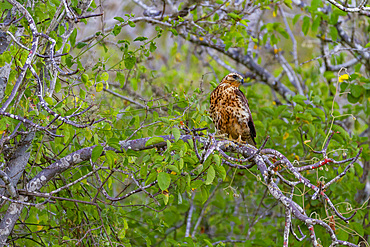
Juvenile Galapagos hawk (Buteo galapagoensis) in the Galapagos Island Archipelago, UNESCO World Heritage Site, Ecuador, South America
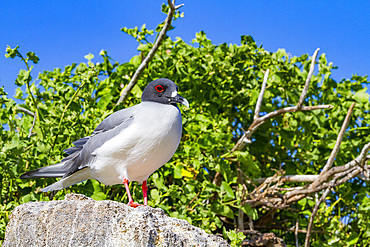
Adult Swallow-tailed gull (Creagrus furcatus) in the Galapagos Island Archipelago, UNESCO World Heritage Site, Ecuador, South America
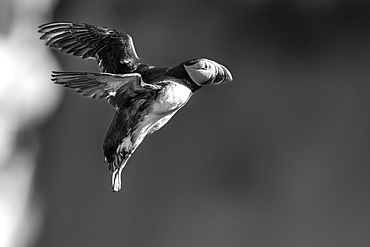
Black and whilte image of an Atlantic Puffin (Fratercula arctica), after having jumped from a cliff edge in Borgarfjaroarhofn, Iceland, Polar Regions
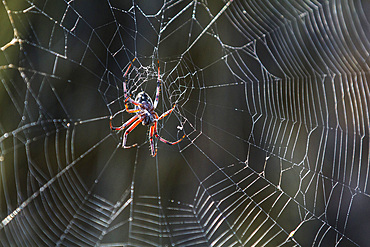
Macro photograph of a spider (Order Araneae) in the Galapagos Island Archipelago, UNESCO World Heritage Site, Ecuador, South America
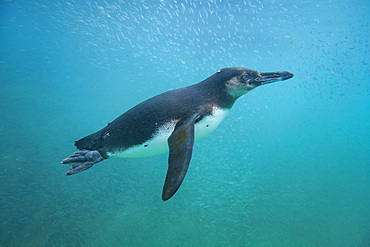
Galapagos penguin (Spheniscus mendiculus) feeding underwater on small baitfish in the Galapagos Islands, UNESCO World Heritage Site, Ecuador, South America
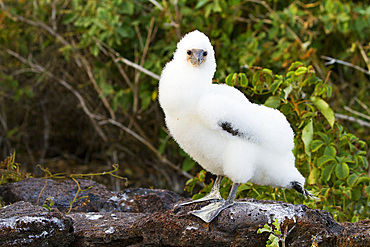
Nazca booby (Sula grantii) downy chick in the Galapagos Island Archipelago, UNESCO World Heritage Site, Ecuador, South America
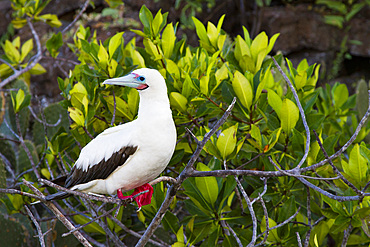
Adult red-footed booby (Sula sula) in the Galapagos Island Archipelago, UNESCO World Heritage Site, Ecuador, South America
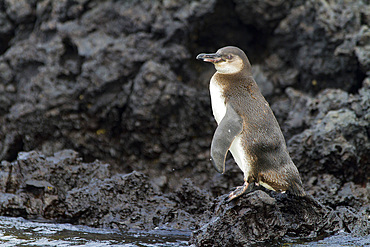
Galapagos penguin (Spheniscus mendiculus) hauled out on lava in the Galapagos Island Archipelago, UNESCO World Heritage Site, Ecuador, South America
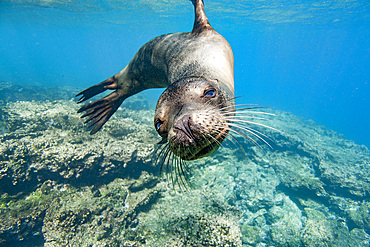
Young Galapagos sea lion (Zalophus wollebaeki) at play underwater in the Galapagos Island Archipelago, UNESCO World Heritage Site, Ecuador, South America
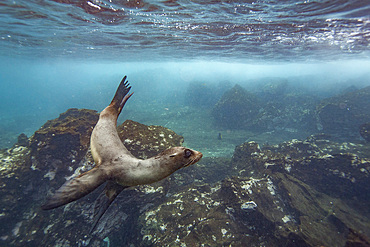
Young Galapagos sea lion (Zalophus wollebaeki) underwater in the Galapagos Island Archipelago, UNESCO World Heritage Site, Ecuador, South America
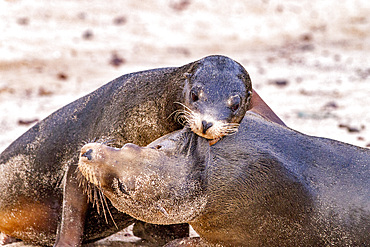
Young Galapagos sea lion bulls (Zalophus wollebaeki) mock-fighting in the Galapagos Islands, UNESCO World Heritage Site, Ecuador, South America
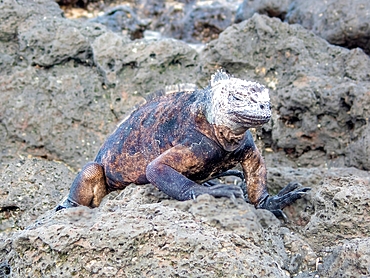
Galapagos Marine Iguana (Amblyrhynchus cristatus) Santa Cruz island, Galapagos, UNESCO World Heritage Site, Ecuador, South America
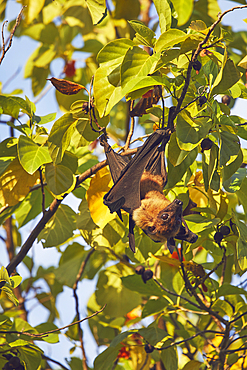
An Indian Flying Fox (Pteropus medius) feeding in a tree on Havodda Island, Gaafu Dhaalu atoll, Maldives
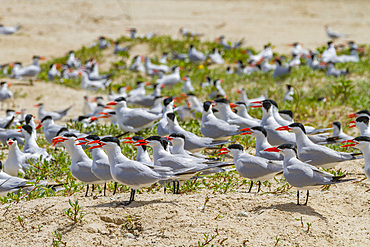
Caspian Terns (Hydroprogne caspia) at breeding colony on Ile des Oiseaux in the Parc National du Delta du Saloum, UNESCO World Heritage Site, Senegal, West Africa, Africa
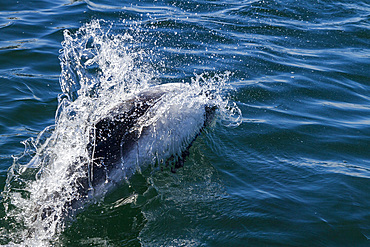
Adult Commerson's dolphin (Cephalorhynchus commersonii) surfacing, Carcass Island in the Falkland Islands, South America
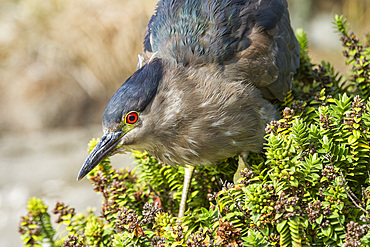
Adult black-crowned night-heron (Nycticorax nycticorax falklandicus) on Carcass Island in the Falkland Islands, South America
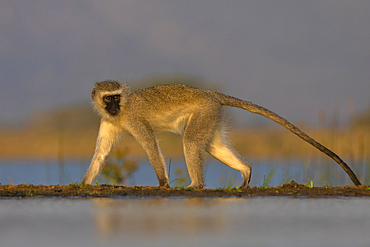
Vervet monkey (Chlorocebus pygerythrus), Zimanga Nature Reserve, KwaZulu-Natal, South Africa, Africa
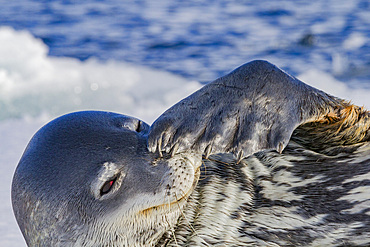
Adult Weddell seal (Leptonychotes weddellii) hauled out on ice near the Antarctic Peninsula, Southern Ocean, Polar Regions
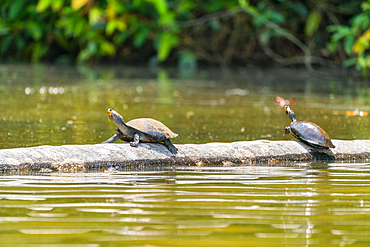
Yellow-spotted river turtles (Podocnemis unifilis), Lake Sandoval, Tambopata National Reserve near Puerto Maldonado, Peru, South America

Neotropic cormorant (Phalacrocorax brasilianus) (Phalacrocorax olivaceus) (Nannopterum brasilianum), Lake Sandoval, Tambopata National Reserve, Peru, South America
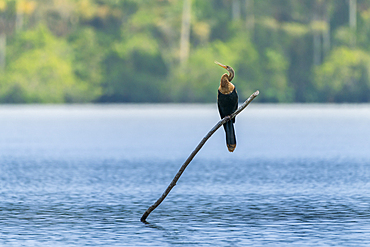
Anhinga (Anhinga anhinga) perching on branch on Lake Sandoval, Tambopata National Reserve, Peru, South America
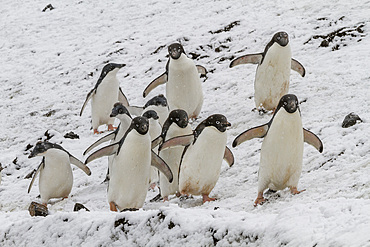
Adelie penguin (Pygoscelis adeliae) breeding colony at Brown Bluff on the eastern side of the Antarctic Peninsula, Antarctica, Polar Regions
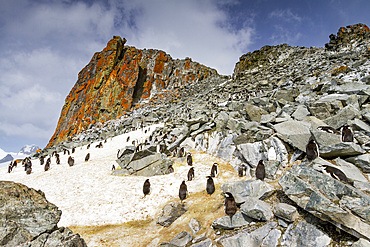
Chinstrap penguin (Pygoscelis antarctica) breeding and molting at Half Moon Island, Antarctica, Southern Ocean, Polar Regions
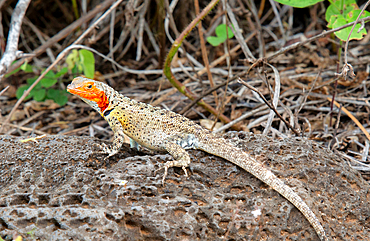
Lava Lizard (microlophus) on Floreana island, Galapagos, UNESCO World Heritage Site, Ecuador, South America
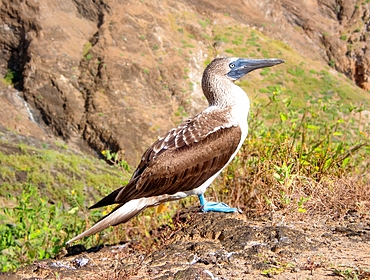
Blue Footed Booby (Sula nebouxii), a marine bird found in the Eastern Pacific whose unusual blue feet feature in courtship rituals, Galapagos, UNESCO World Heritage Site, Ecuador, South America

Galapagos Giant Tortoise (Chelonoidis chathamensis), can live for over 100 years, on San Cristobal island, Galapagos, UNESCO World Heritage Site, Ecuador, South America
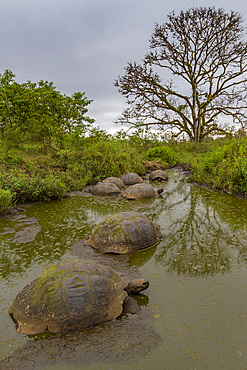
Wild Galapagos giant tortoises (Geochelone elephantopus) feeding on the upslope grasslands of Santa Cruz Island, Galapagos, UNESCO World Heritage Site, Ecuador, South America
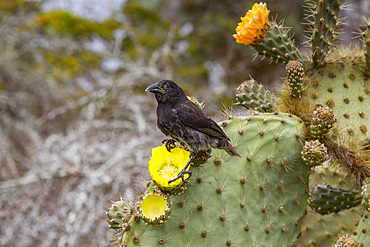
Adult cactus finch (Geospiza scandens), one of the 15 species of Darwin's finches, on Isla Santa Cruz, Galapagos Island Archipelago, UNESCO World Heritage Site, Ecuador, South America
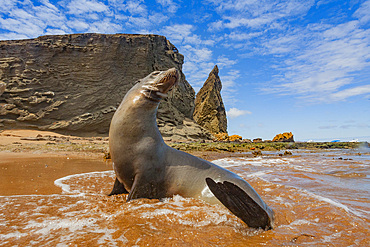
Galapagos sea lions (Zalophus wollebaeki) hauled out on the beach in the Galapagos Island Archipelago, UNESCO World Heritage Site, Ecuador, South America
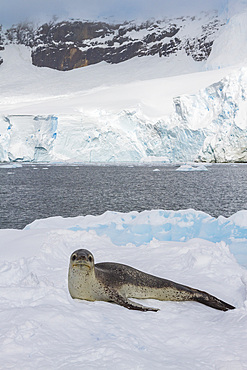
Adult female leopard seal (Hydrurga leptonyx) hauled out on an ice floe in Kayak Cove on Brabant Island, Antarctica, Polar Regions
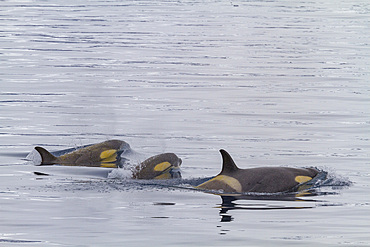
A small pod of Type B killer whales (Orcinus nanus) just outside Duse Bay in the Weddell Sea, Antarctica, Polar Regions
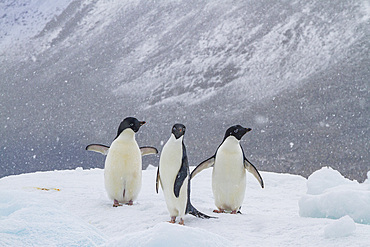
Adelie penguin (Pygoscelis adeliae) on ice near Devil Island in the Weddell Sea near the Antarctic Peninsula, Antarctica, Polar Regions
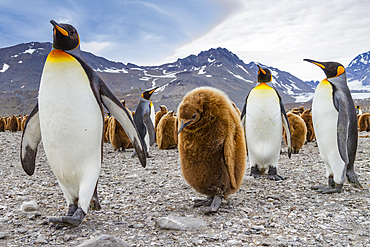
Adult king penguin (Aptenodytes patagonicus) and chick on South Georgia Island, Southern Ocean, Polar Regions
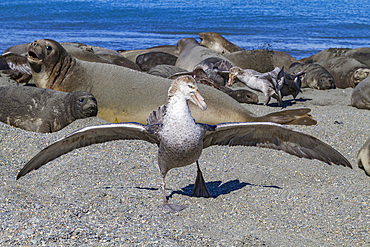
Northern giant petrels (Macronectes halli) fighting over the scavenging rights to a dead elephant seal pup at Royal Harbor, South Georgia
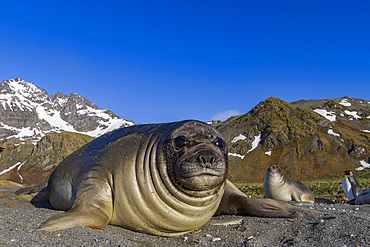
Southern elephant seal (Mirounga leonina) pup, called weaners once their mothers stop nursing them, South Georgia Island, Southern Ocean
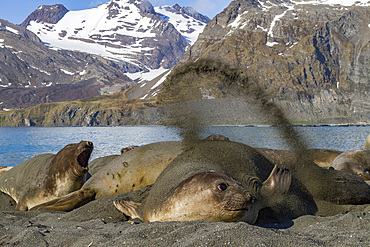
Adult female southern elephant seal (Mirounga leonina) flipping sand onto its back to cool off on South Georgia Island, Southern Ocean
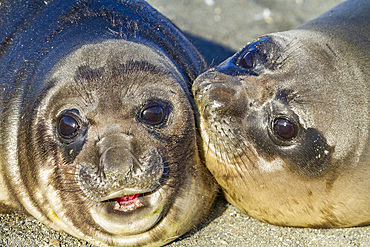
Southern elephant seal (Mirounga leonina) pup, called weaners once their mothers stop nursing them, South Georgia Island, Southern Ocean
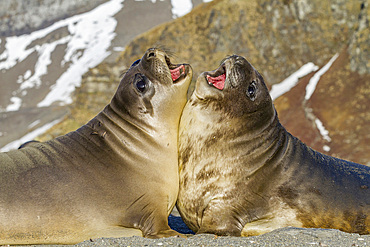
Male southern elephant seal (Mirounga leonina) pups mock fighting on South Georgia Island, Southern Ocean
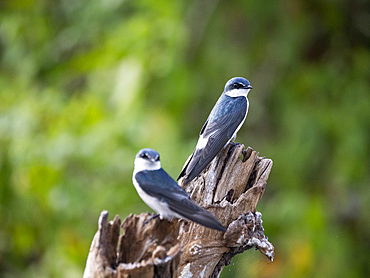
An adult mangrove swallow (Tachycineta albilinea), on New River near the Mesoamerican archaeological site of Lamanai, Belize
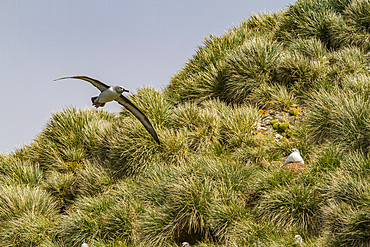
Adult Grey-headed Albatross (Thalassarche chrysostoma) in flight near nesting site at Elsehul, South Georgia
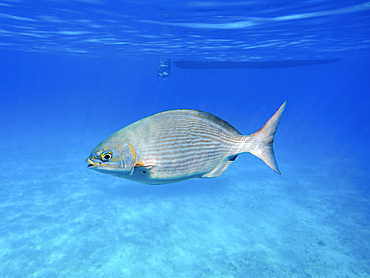
Kyphosus sectatrix seen during the Palancar Gardens, El Cielito and Colombia Deep Reef Snorkelling Tour, Cozumel Island, Quintana Roo State, Mexico
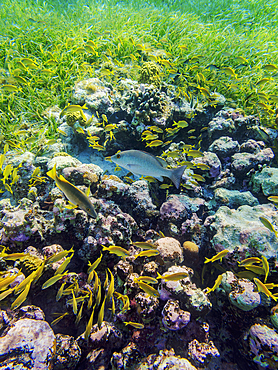
Underwater photo taken during the Palancar Gardens, El Cielito and Colombia Deep Reef Snorkelling Tour, Cozumel Island, Quintana Roo State, Mexico
